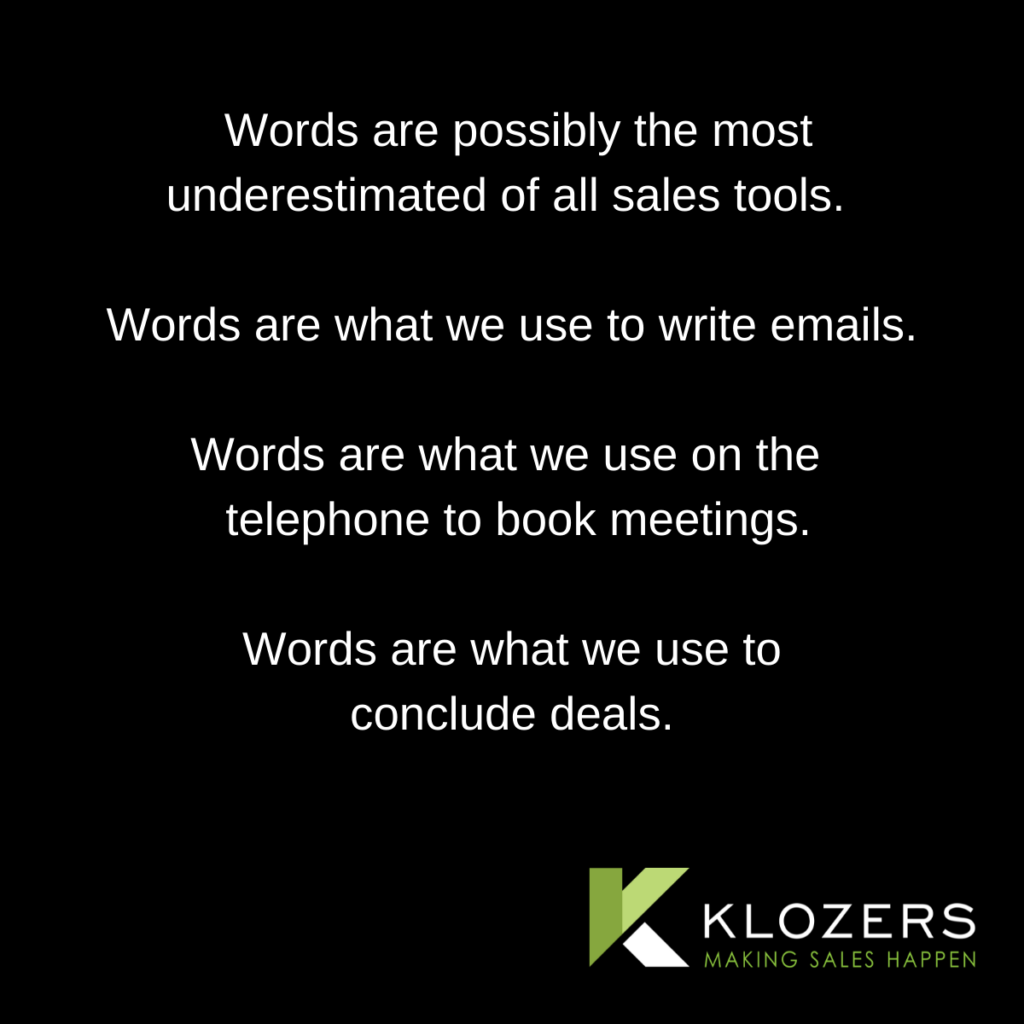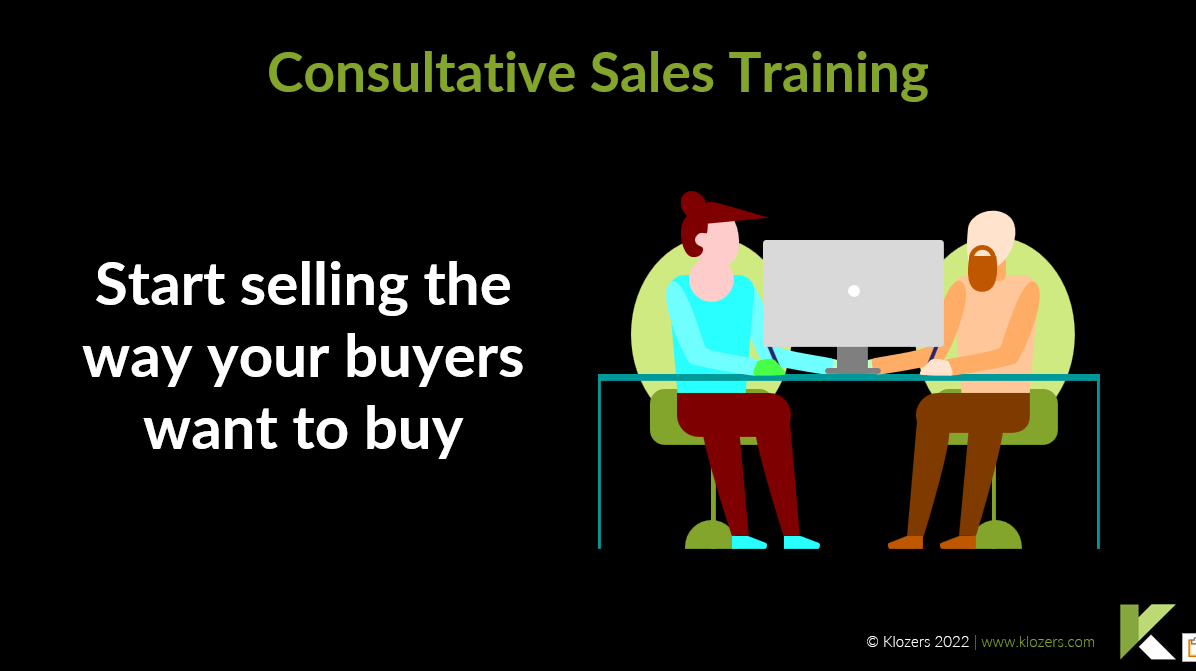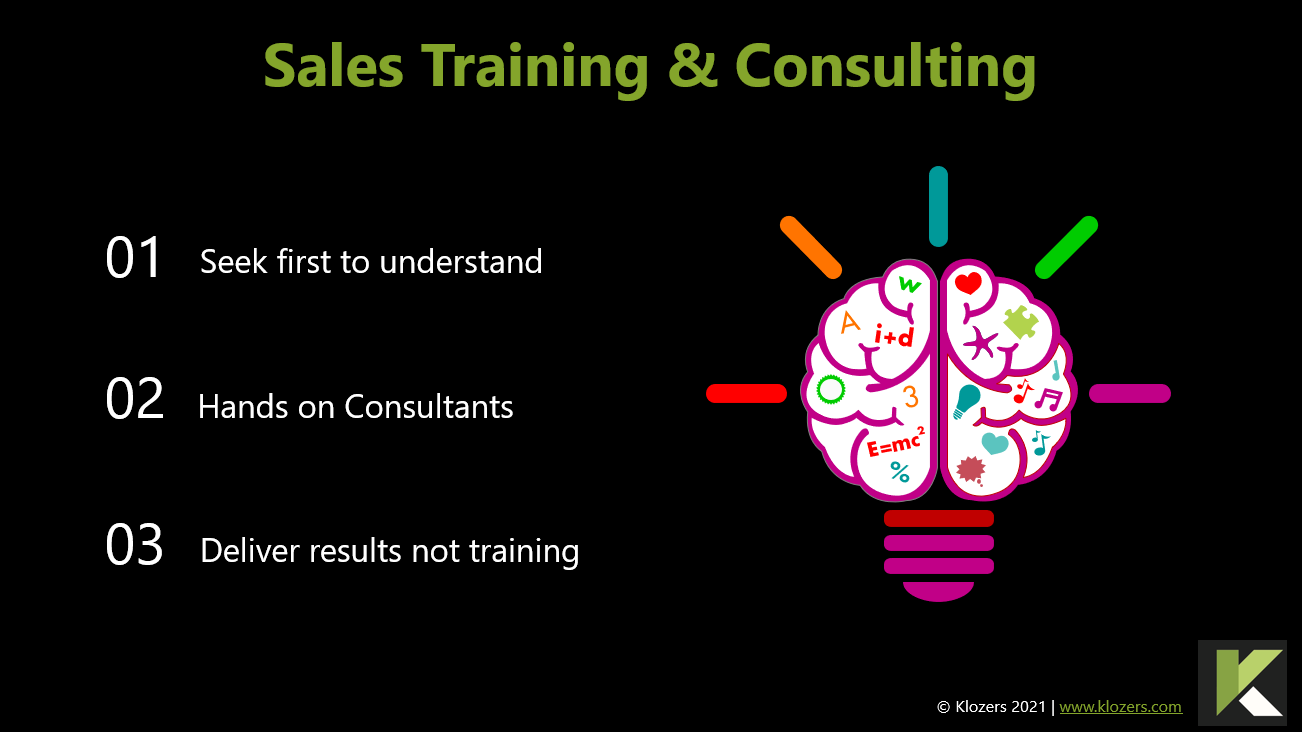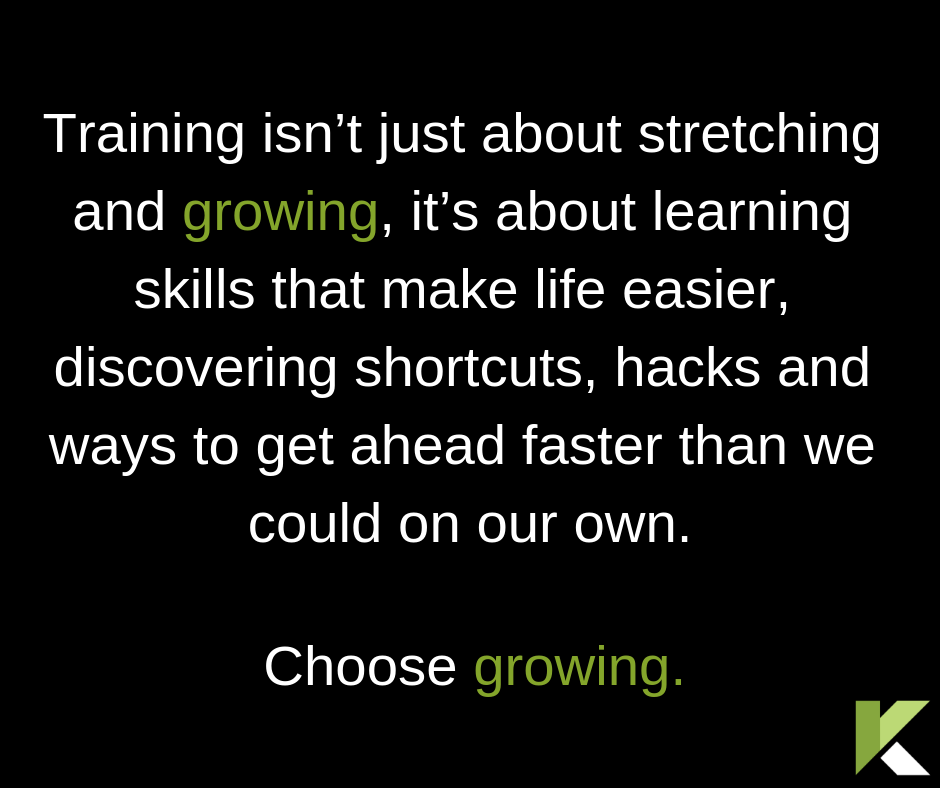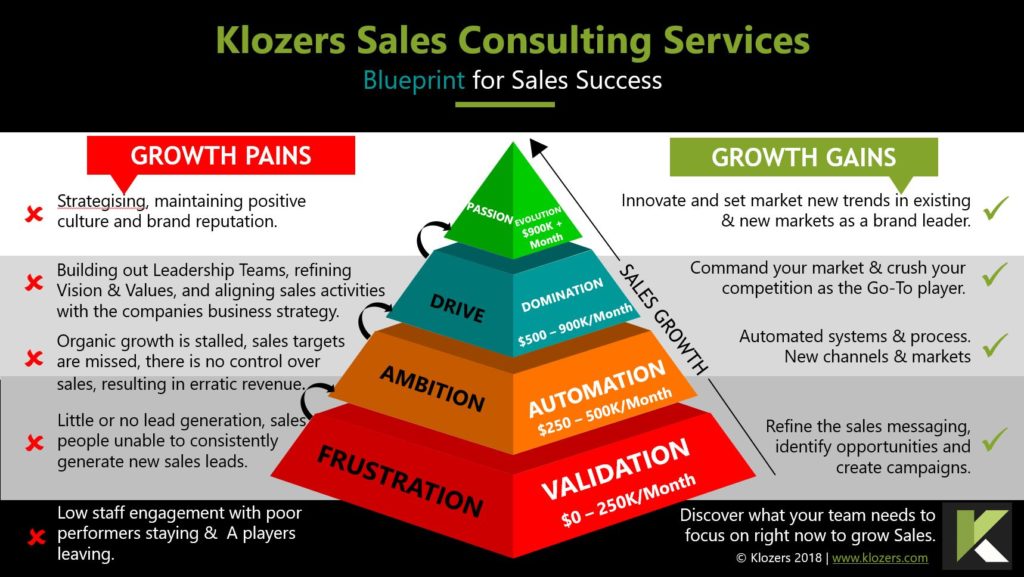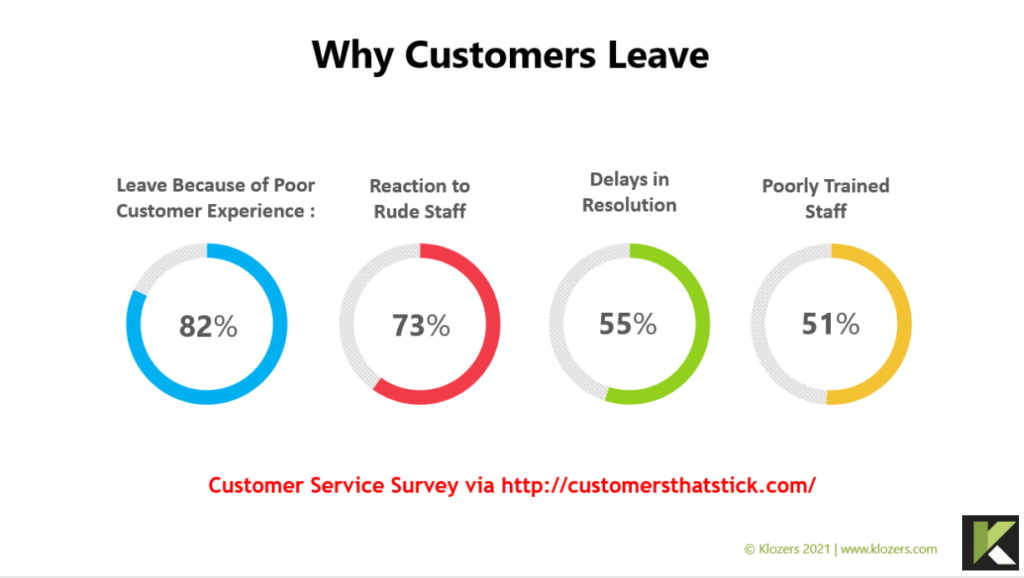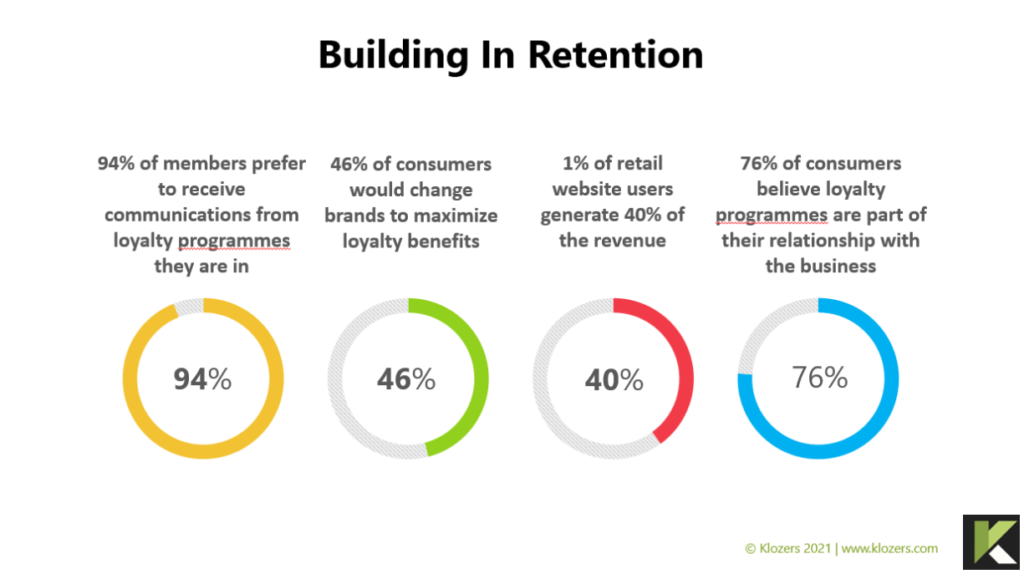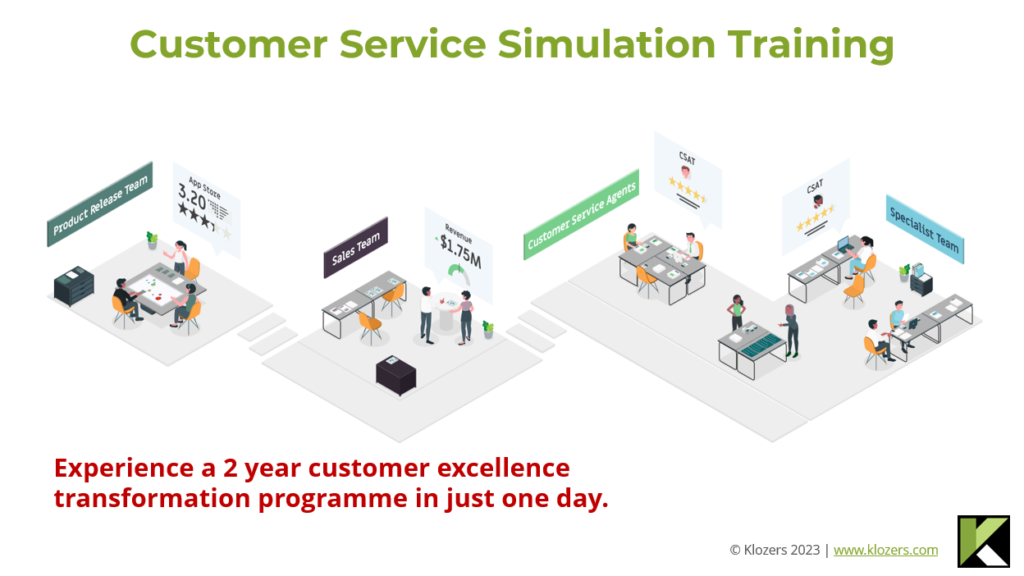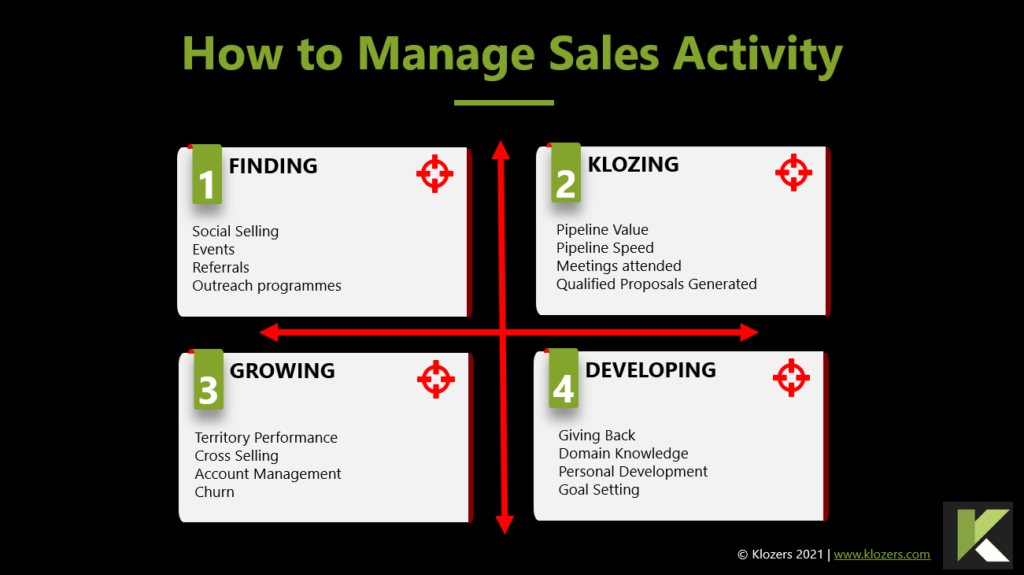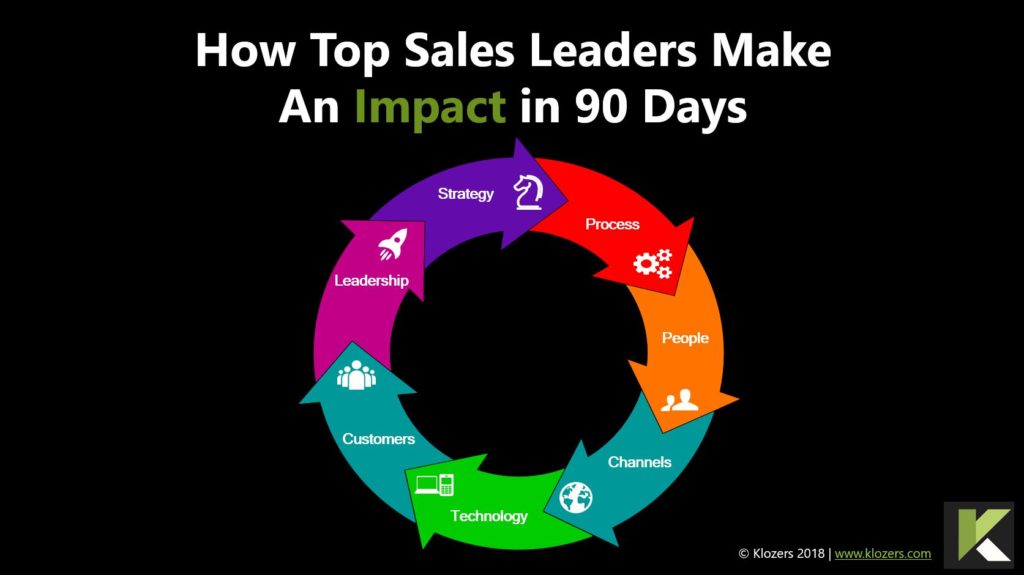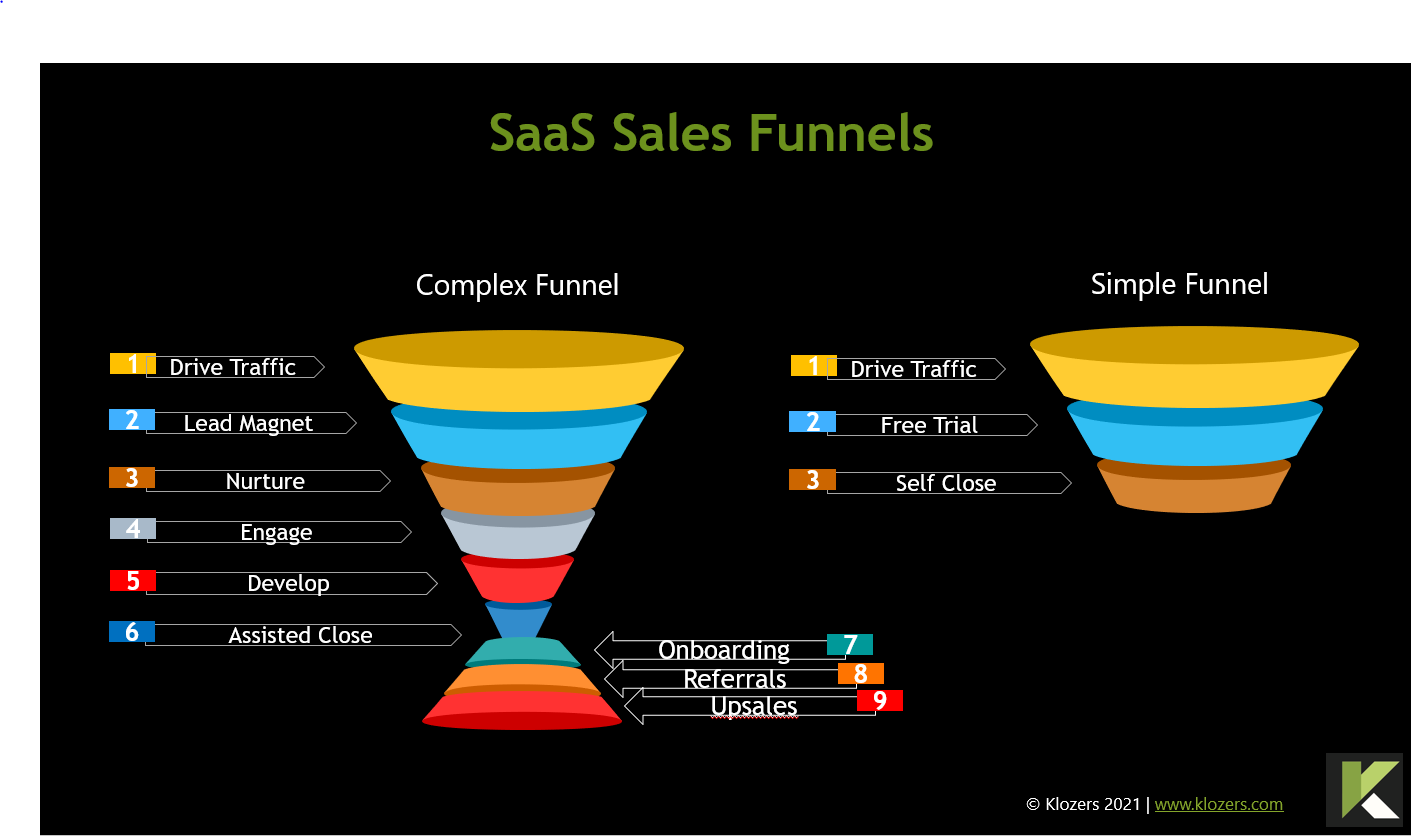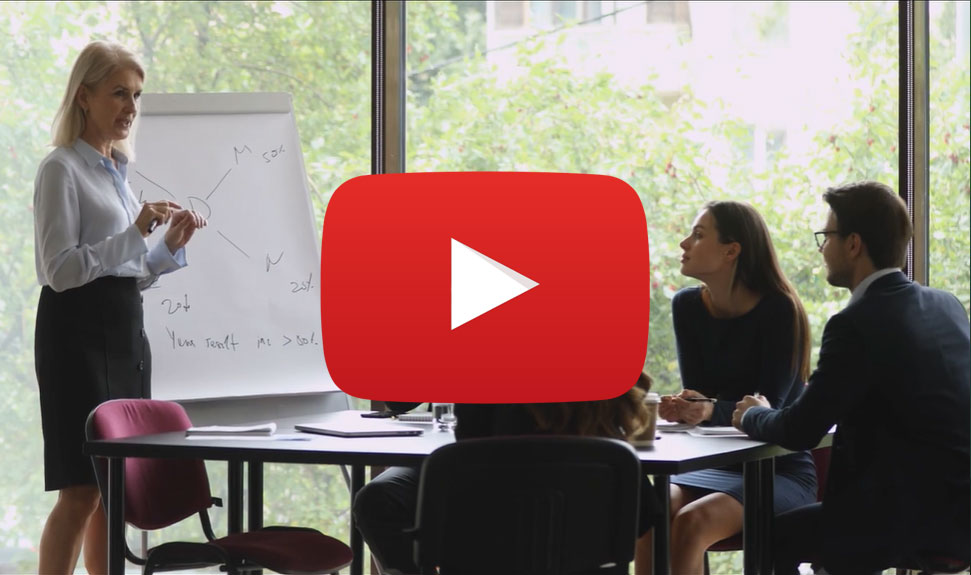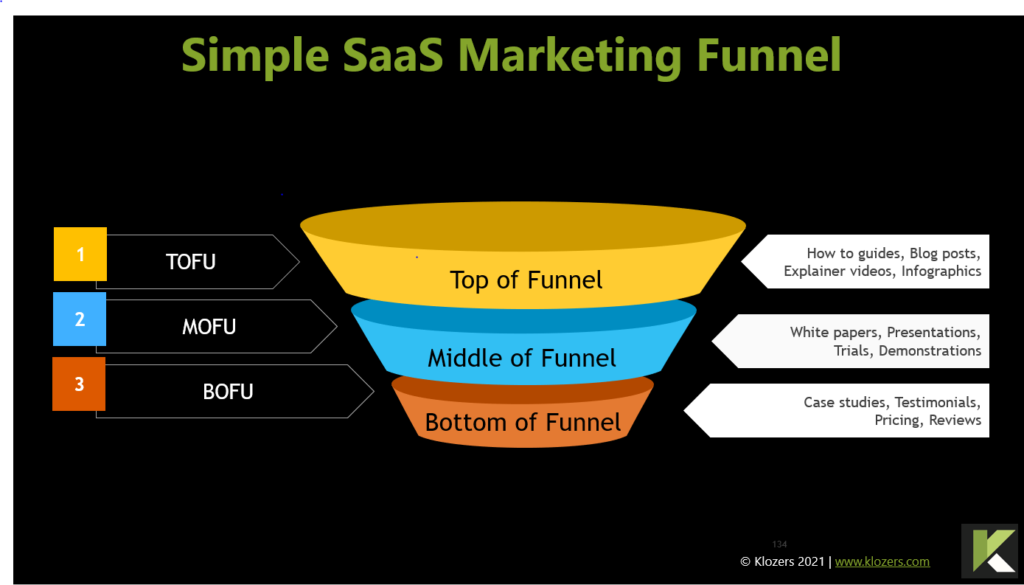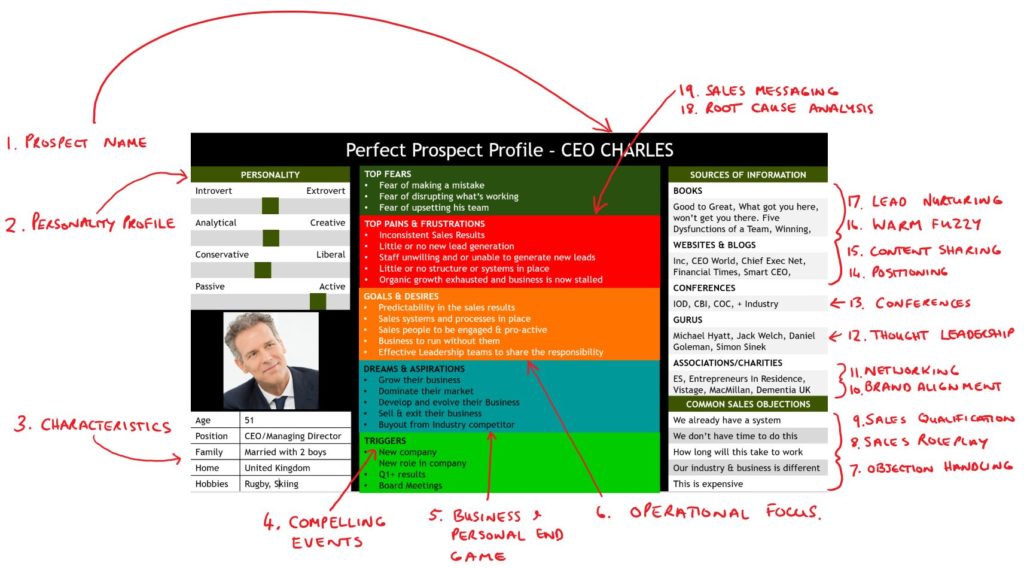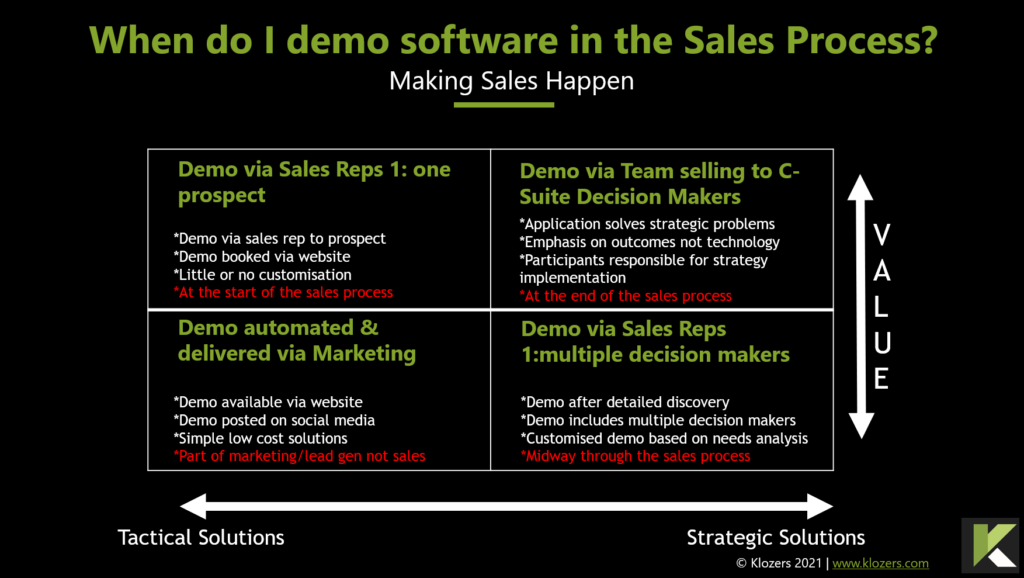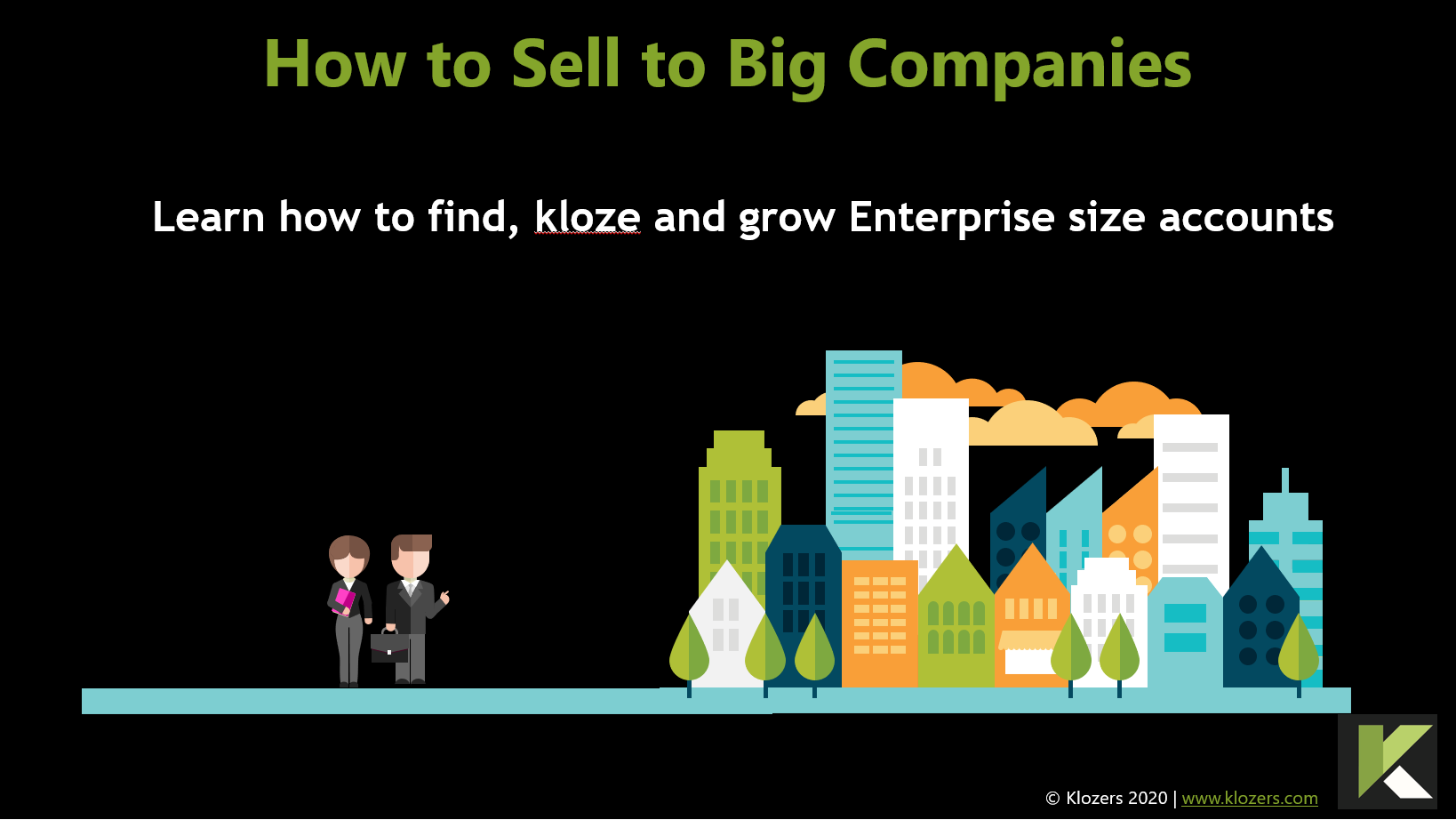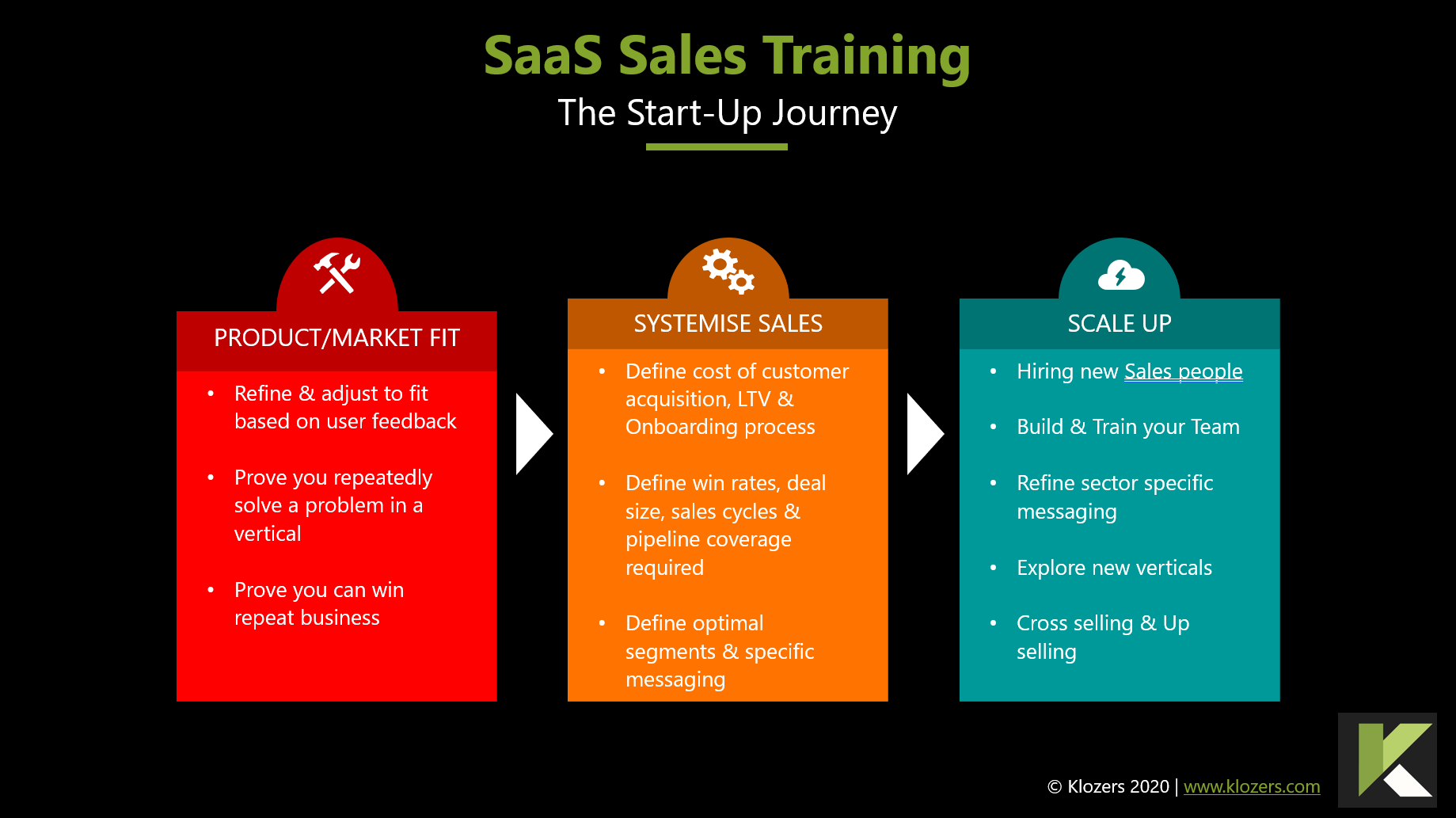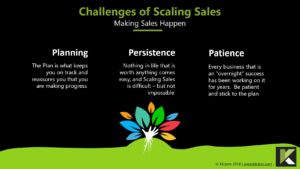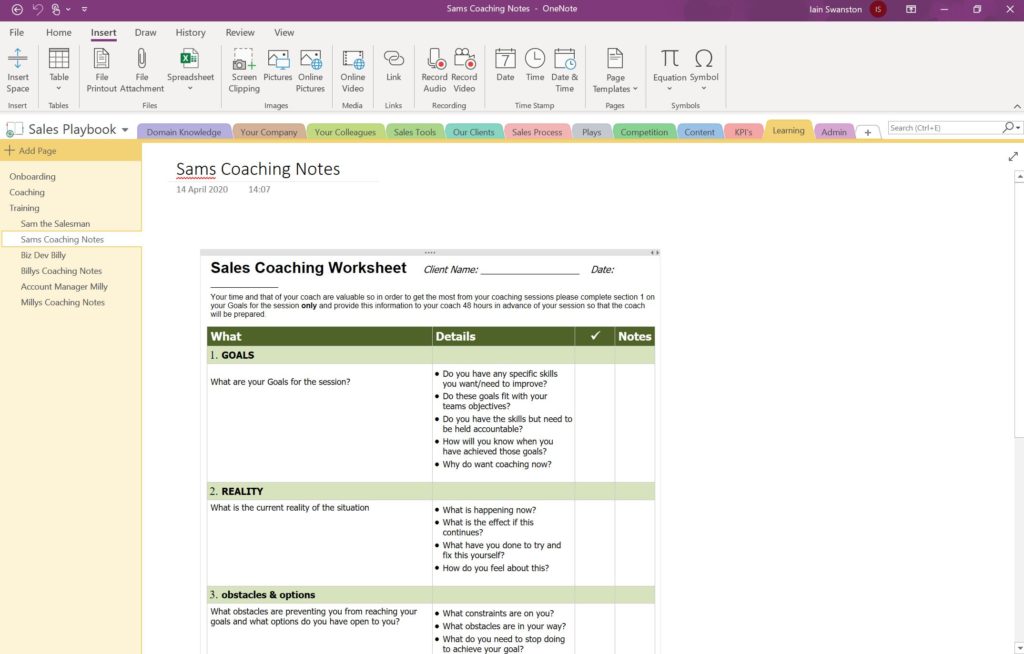Sales Training Courses
This category of our content is focussed on sales training courses
Sales Negotiation Training
Key Negotiation Skills – Introduction
There is a common misconception that sales negotiation skills are only required towards the end of the sales process. The part in every sales process where costs and terms are agreed. Whilst this is undoubtedly true, it’s also true that the best salespeople are negotiating all the way through the sales process. In fact every Professional salesperson negotiates, every single day which is why it’s an important part of any training programme.
From negotiating with their children on what to have for breakfast, to negotiating with a Partner on where to go for dinner. In between times they will negotiate workloads with their line managers, negotiate meeting times with co-workers, negotiate dates & times for appointments with prospects and lastly negotiating sales contracts, project delivery and aftercare contracts. In short, Negotiation is actually unavoidable, and the ability to Negotiate is a core skill for every Salesperson.
Planning for Sales Negotiations
Like most things in life when it comes to Negotiation knowledge is power. The more information you have and better prepared you are then the more likely you will achieve a successful negotiation. Follow the information below to discover how to research and plan your next negotiation.
Sales Negotiation Goals
These are the needs, wants and desires of the parties involved in the negotiation. In business this can be complicated as not only may both sides have differing goals, but parties within each side may have differing and even conflicting Goals.
Goals can be subjective for example “We need to increase the confidence of our people.” or they can be more objective like “We need to reduce our overheads by 10 this quarter”. Either way it’s important to know both your own Goals and that of the other side. Important questions you must ask are:
- Have we identified all the Goals?
- What are the Prioritised Goals?
- What are the Business Goals?
- What are the Personal Goals?
- Are there conflicting Goals?
| Business Goals Examples | Personal Goals Examples |
| Strategic | Security |
| Change | Satisfaction |
| Growth | Peer Pressure |
| Improvement | Financial Gain |
Please note Goals are NOT the same as outcomes.
Example:
Goals – George is 65 years old and would like to retire (Goal). In order to fund his retirement he needs to sell his business but no one wants to invest a large sum of capital. Mike would like to buy a business (Goal) but does not have any capital to invest.
The Outcome is the Negotiated agreement that they come to.
Negotiation Options
These are all the possible solutions that satisfy the goals of both parties. They are all possibilities that both parties agree or say Yes to.
By investing time to explore all the Options then you are more likely to find:
- Alternative solutions
- Enable both parties to achieve their goals
- Reach the Best Possible Agreement (BPA)
Example:
Goals – George is 65 years old and would like to retire (Goal). In order to fund his retirement he needs to sell his business but no one wants to invest a large sum of capital. Mike would like to buy a business (Goal) but does not have any capital to invest.
Option – George can sell his business to Mike but rather than invest a lump sum he agrees to pay George on a Monthly basis from the profits for the next 5 years and hence fund his retirement.
Criteria for Negotiation
Criteria are the “terms” of any possible Option
Example:
Goals – George is 65 years old and would like to retire (Goal). In order to fund his retirement he needs to sell his business but no one wants to invest a large sum of capital. Mike would like to buy a business (Goal) but does not have any capital to invest.
Option – George can sell his business to Mike but rather than invest a lump sum he agrees to pay George on a Monthly basis from the profits for the next 5 years and hence fund his retirement.
Criteria – George needs to guarantee a minimum payment every month regardless of the profitability of that month. Mike needs to ensure ensure he will not be liable for any warranty, liability or compensations claims from the period before he take responsibility/ownership of the business.
Get expert Sales Negotiation Training from our Sales Coaches
CNA – Cost of No Agreement
Not all Negotiations end in an agreement, it is therefore vital before entering into any Negotiation that you first work out what the Cost of No Agreement is for both parties. The costs of no agreement can be both Objective and Subjective.
Example:
Goals – George is 65 years old and would like to retire (Goal). In order to fund his retirement he needs to sell his business but no one wants to invest a large sum of capital. Mike would like to buy a business (Goal) but does not have any capital to invest.
Option – George can sell his business to Mike but rather than invest a lump sum he agrees to pay George on a Monthly basis from the profits for the next 5 years and hence fund his retirement.
Criteria – George needs to guarantee a minimum payment every month regardless of the profitability of that month. Mike needs to ensure ensure he will not be liable for any warranty, liability or compensations claims from the period before he take responsibility/ownership of the business.
CNA – George does not have the financial resources to retire (Objective) however he has been trying unsuccessfully to sell his business for three years and is now desperate (Subjective) for a solution. Mike is keen to buy a business (Objective) but knows there are hundreds of businesses for sale and he is pretty relaxed (Subjective) if this deal doesn’t go through another one will come along.
The Subjective Cost of No Agreement can be more powerful than the Objective ones as people make decisions emotionally and then justify their position intellectually afterwards.
BATNA – Best Alternative to No Agreement
Not all Negotiations end in an Agreement, it is therefore vital before entering into any Negotiations that you first work out what the Best Alternative to No Agreement is. In some cases you may well experience that the other party is so entrenched in their position that they have no desire to Negotiate. BATNA is typically but not always, an alternative course of action that can be taken if no agreement is reached.
BATNA helps you prepare for a Negotiation by:
- Helps prevent you from agreeing to something you will regret
- Defining your Minimum Possible Agreement (MPA)
- Provides you with a Plan B
- Helps prevent you from over or underestimating the your own and the other party’s position
- Helps you understand where the leverage is
- Identifying alternative Options
Example:
Goals – George is 65 years old and would like to retire (Goal). In order to fund his retirement he needs to sell his business but no one wants to invest a large sum of capital. Mike would like to buy a business (Goal) but does not have any capital to invest.
Option – George can sell his business to Mike but rather than invest a lump sum he agrees to pay George on a Monthly basis from the profits for the next 5 years and hence fund his retirement.
Criteria – George needs to guarantee a minimum payment every month regardless of the profitability of that month. Mike needs to ensure ensure he will not be liable for any warranty, liability or compensations claims from the period before he take responsibility/ownership of the business.
CNA – George does not have the financial resources to retire (CNA) and has been trying unsuccessfully to sell his business for three years and is now desperate for a solution. Mike is keen to buy a business and has spent £3,000 with Solicitors and Accountants thus far completing his due diligence on the company.
BATNA – George is in discussion with his Lawyers to explore the possibilities of a Management Buyout for the business. Mike knows there are hundreds of businesses for sale and he is pretty relaxed if this deal doesn’t go through another one will come along.
Concessions for Negotiation
A concession is something given to the other party in furtherance of the agreement. These concessions should be identified in advance and segmented for both parties in terms of:
High Value – High Cost
High Value – Low Cost
Remember – Never give anything away without receiving something of equal or greater value in return.
Example:
Goals – George is 65 years old and would like to retire (Goal). In order to fund his retirement he needs to sell his business but no one wants to invest a large sum of capital. Mike would like to buy a business (Goal) but does not have any capital to invest.
Option – George can sell his business to Mike but rather than invest a lump sum he agrees to pay George on a Monthly basis from the profits for the next 5 years and hence fund his retirement.
Criteria – George needs to guarantee a minimum payment every month regardless of the profitability of that month. Mike needs to ensure ensure he will not be liable for any warranty, liability or compensations claims from the period before he take responsibility/ownership of the business.
CNA – George does not have the financial resources to retire (CNA) and has been trying unsuccessfully to sell his business for three years and is now desperate for a solution. Mike is keen to buy a business and has spent £3,000 with Solicitors and Accountants thus far completing his due diligence on the company.
BATNA – George is in discussion with his Lawyers to explore the possibilities of a Management Buyout for the business. Mike knows there are hundreds of businesses for sale and he is pretty relaxed if this deal doesn’t go through another one will come along.
Concessions – George is prepared to spend 3 months of his time ensuring during the handover period which is Low Cost to him as he will be retired but High Value to Mike as he is new to the industry and recognises the benefit of George’s experience.
Mike is prepared to move quickly which has no cost to him however this is High Value to George as the last thing he wants is a long protracted sale.
Negotiation Strategies
Aggressive Tactics
- Shoot the hostage
- This strategy is extremely aggressive as it involves an immediate offer to walk away with no deal which is designed to throw and unsettle the other party. This is often delivered in a reluctant tone “we don’t want to do this but…”,
- Delaying tactics
- When time is clearly on one parties side the process can often be deliberately slowed which is extremely effective when there are cost implications if talks over run. This tactic also applies if the other party has another meeting or needs to leave. The negotiator deliberately talks around the subject to delay the real conversation and then uses time to put pressure on the other party to come to an agreement.
- Poor Me
- This strategy is used to play the false victim that needs rescued by the other party.
- Last Minute.com
- As the name suggests this strategy involves the Negotiator agreeing to a solution right up until they are required to sign and then withdrawing. The withdrawal is usually followed up quickly with a counter offer at dramatically reduced terms.
- Misleading/lying
- Often Negotiators will make exaggerated claims or even lie so without hard data to support them you should discount these. They may also issue warnings and threats or make matters personal to unbalance you.
- Missing People
- Everyone knows the importance of having all the Decision Makers in the room but Negotiators may even turn up with complete strangers. In sales some companies will remove Sales People from the final negotiations. If the Sales People have a relationship with the other party they could be more empathetic and weaker negotiators. Turning up without warning with complete strangers also unbalances the other party.
Co-operative Tactics
- Agree on the Process
- Spend time up front agreeing the process and format of the Negotiations including what’s in scope and what’s not.
- Win Win Agreements
- Most professional Negotiators accept that any final agreement must be fair and sustainable for the life of the time period. In most business scenarios it should never be win at all costs as this destroys relationships.
- Matching Rights
- Offer the other party the right to match any solution that you receive. For example if one of two business partners decides to sell their shares to another party they may have the agreement that the other party gets first refusal if they match the offer.
- Contingent Agreements
- These are simply agreements based on future events. Financial Bonus may be tied to Performance. Football transfer fees can be include Contingent Agreements that provides the selling club additional revenue if a player is sold on and or if a player is capped by their country or simply makes a certain number of appearances.
- Multiple Offers
- When multiple offers are placed on the table this allows both parties to indicate preferences and encourages creativity as a winning hybrid offer can be formed. Placing one offer on the table often leads to a refusal and a stall in the process.
Sales Negotiation Checklist
1. Be prepared to walk away. Sales Negotiation is 70% Mindset and 30% Strategy and unless you are prepared to walk away, no strategy will help you.
2. It’s not what you charge it’s what your worth. Thoroughly research the market and discuss with the buyer the Value you bring to the table?
3. Take council from colleagues and external advisors and agree a pre-meeting strategy for the negotiations then PRACTICE.
4. Never give anything away without receiving something of equal or greater value in return.
5. Never enter a Negotiation without first providing your price and outline terms in advance, to anchor the prospect to a higher number and terms.
6. Where possible in high value deals do not include your sales people in Negotiations, as they will be emotionally involved in the sale and not objective.
7. Ensure everyone in your team have agreed in advance your trade-offs, your concessions, and your best alternative to a negotiated settlement.
8. You must be comfortable with silence and at most only talk 30% of the time, as the more you talk the more information you are giving away.
9. If it’s not Win Win then you run the danger of the prospect backing out or failing to implement your agreement, then the lawyers are the only winners.
10. Negotiation is between human beings, you must therefore be familiar with Human Psychology, DiSC, Neuro Linguistic and Programming.
How to Sell to BIG Companies
How to Sell to Big Companies

Discover how to Find, Kloze and Grow Large Enterprise Accounts
Next FREE session – Tuesday 2nd Feb 2021
We’ve got all the templates & tools to make it easy for you

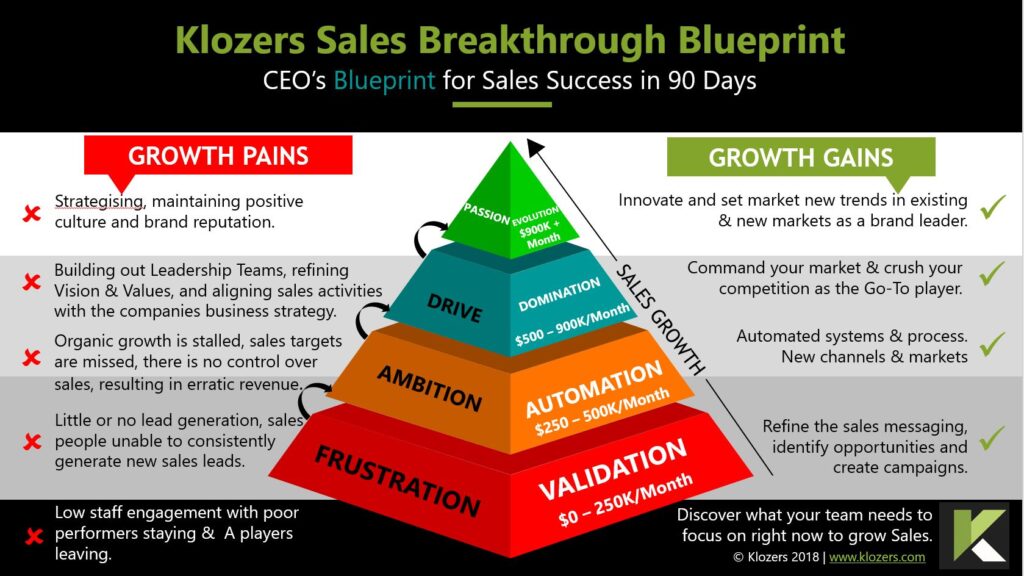
How to Sell to Big Companies. In order to sell to big companies you need to first create a shortlist of targets that meet your perfect prospect profile. Next, focus all your sales and marketing resources to research and create a unique sales approach for multiple contacts within the big company you are selling to.
What’s Inside
SESSION 1
The WHO
Introduction to Enterprise Selling
Selecting the right targets
Segmenting your accounts
Mastering the complex sale
Prep for Session 2
Get this session FREE
SESSION 2
The WHAT
The Door Opener
Right content, right contact, right time
How to write persuasive copy
The cadence of big account selling
The profitable, easy to deliver and replicate offer
SESSION 3
The HOW
What to say to Big Companies
How to control the sales conversation
The Contact Plan
Listen & Learn LIVE over the coaches shoulder
Your personal Action Plan
Course Author

Iain Swanston
Founder, Klozers
After 35 years in B2B sales Iain just loves solving sales problems.
If you’ve ever attended one of his live events you’ll know, even during the breaks and after the event he always likes talking about sales. Iain is an Author, Speaker & our Lead Sales Coach.
Iain is on a mission to make sales easier for B2B companies and their salespeople.
“In the short time I’ve been working with Klozers I’ve used his guidance to develop positive new sales activities, techniques and a mindset that has significantly helped my sales confidence. As a results I’ve already seen excellent performance benefits that are directly attributable to working to the coaching.”
Alan Wood
Scotland Director
Salesforce Marketing Cloud
“This was my first ever sales training and genuinely still the most pertinent in my sales career. Iain taught us how to take leads through the sales journey from lead to opportunity to closure, I still use these skills today and encourage my colleagues to do the same. My earnings have more than doubled since Iain gave that pertinent training and his latest blogs have been shared internally between our sales and marketing teams as the advice rings true to what we are currently working on as a department”
Lynne Hall
Strategic Accounts Manager
E-On Energy
“My coach was really flexible and was happy to talk in between my scheduled coaching slots, especially when I had burning questions and needed support fast. The debriefing calls we had after my sales meetings not only helped me understand where I could improve, they also gave me the right words to say, in the right sequence and at the right time.“
Elliott Boll
Enterprise Learning Consultant
Docebo
Get started now and get
your first session FREE
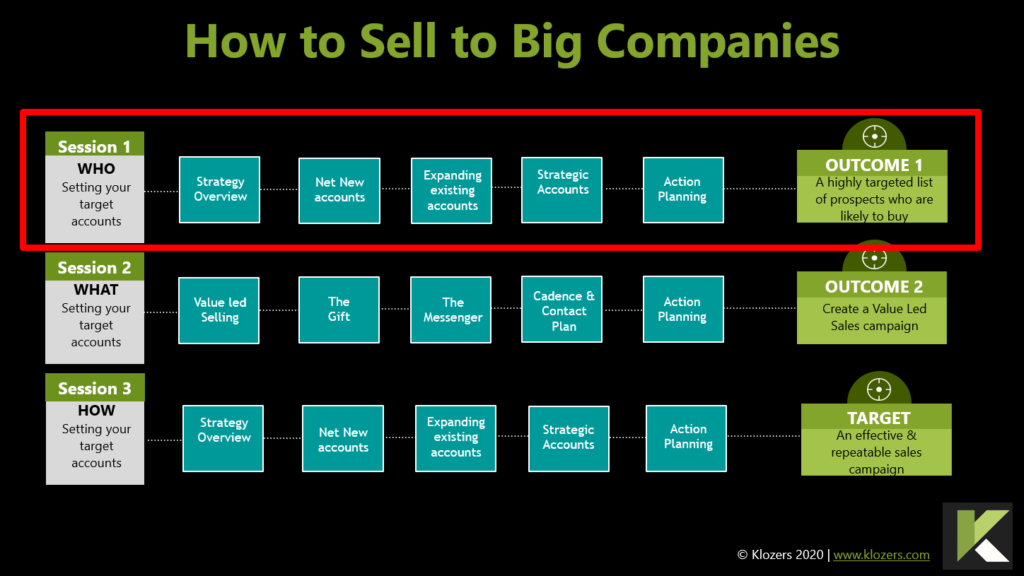
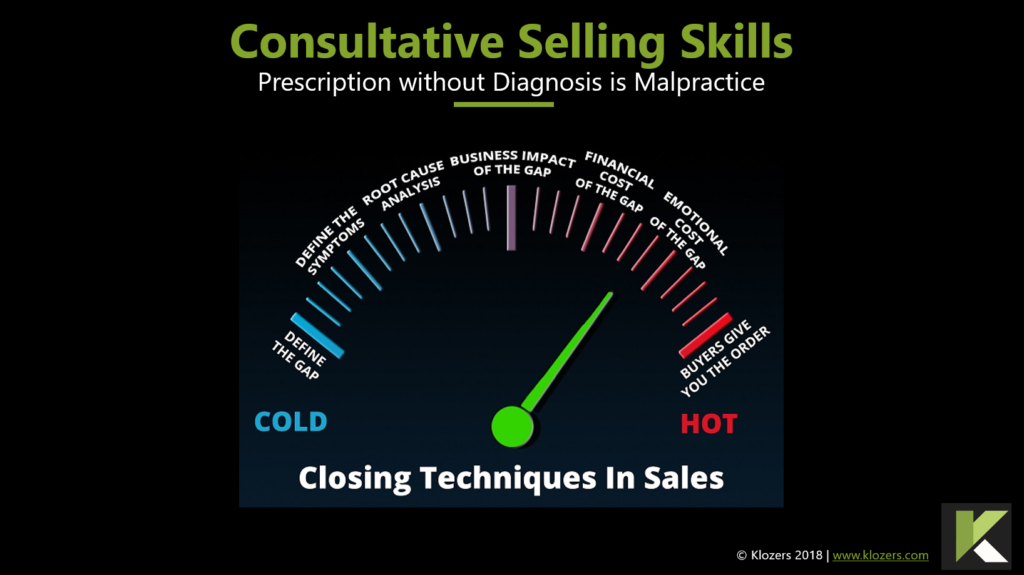
Get all the templates
you need to sell more now
Register here
Get the coaching you want, when you want it, at your desktop

“The first session was full of useful and practical sales information. I took so many notes and have come away with exercises I will carry out to help further clarify our approach to sales. I would highly recommend”
Rebecca Pick
Founder
Pick Protection
“Great training session with so much information packed into an hour. Looking forward to completing sessions 2 and 3. “
Max Anderson
Director
SuperBot Experts
Very insightful content from Klozers this afternoon. Thank you Iain Swanston for the invite to attend. This shall be hugely beneficial for our business moving forward and I am looking forward to putting my learning into practice
Laurie Wilson
Regional Sales Manager
CMP Products
Learn How to Sell to Big Companies
If you are new to sales at some stage you will want to learn how to sell to big companies. It’s common for most ambitious sales people and businesses, yet this can be a challenging or even, a near impossible experience.
For example, finding the right people to talk with (yes there will also be more than one decision maker) can be like finding the proverbial needle in a haystack, and then trying to coordinate all these decision makers can be like herding cats.
The longer sales cycles that inevitably arise from having multiple decision makers in a complex sale, then frustrate most sales people as time drags on.
The large revenues that Enterprise sales can deliver, more often than not, prove so elusive that the salespeople give up and focus on smaller opportunities, they know they can convert.
However, in some circumstances it can take the same amount of sales resources to convert a small opportunity as it does when selling the same product or service to a big company, so don’t give up just yet.
Learn More, Sell More, Earn More

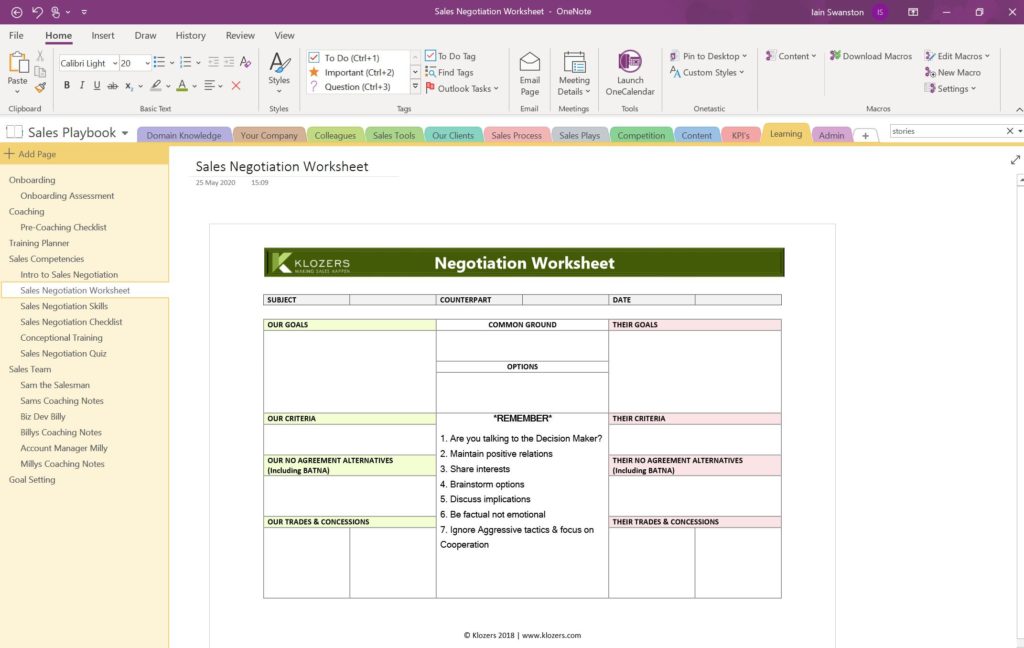
How to Sell an Idea to a Big Company
Maybe you don’t have a product or service but instead you have an idea that you want to sell. It’s the sames process and the fact is, it is possible to sell to big companies and large enterprise organisations, although it does need a slightly different approach.
The first FREE 60 minute session in this course walks you through the preparation and planning required before you approach big companies.
When you sell to big companies you may also need some additional sales resources that are not as commonly used when selling to smaller organisations, such as a Business Case, a Cost Benefit Analysis – don’t worry we’ve got templates you can use for all of these.
If this sounds like lots of work, then Yes it is, and because of this many companies will not rely on any one individual, instead they will work as a team to win large accounts. Part of that team should include Marketing in order that you can target the right people in the buying organisation, with the right messaging, at the right time.
Run the sales campaign as a mini project with scope, roles and responsibilities, costings, objectives and milestones. Needless to say that it usually makes sense to be targeting more than one big company if you are going to do this professionally, but don’t make the mistake of having too many, as the campaign can then turn into a marketing initiative which by their very nature are more generic.
The key to success is that all the messaging must be bespoke and relevant to every target which takes time, which is time that you won’t have if you have too many targets. Again this course covers everything you need.
Before you start selling to big companies there are however two important considerations you should address as follows:
1) Does your company have the capability to successfully deliver a project on the scale that a big company will require?
In most cases you will only get one chance to sell to a big company and delivering success for your first big company will also give you a reference point that will help you sell to other big companies.
2) Does your company have the financial resources required to sell to a big company?
If you buy materials in January to create stock for February and have agreed 90 day payment terms this means you have to run 150 days without being paid. Some small businesses are not sufficiently funded to do this, so be careful what you wish for.
Selling to big companies can transform your business, but like most things in life that are worthwhile it’s usually not easy and doesn’t happen overnight, but it certainly can be worth it.
Get started now and get
your first session FREE






